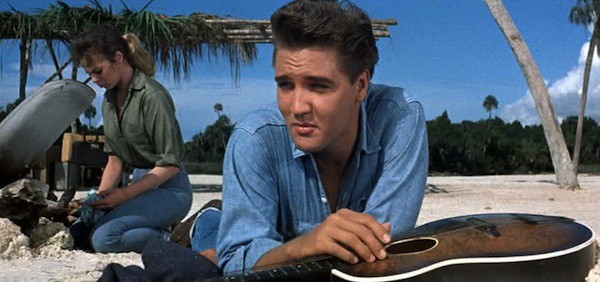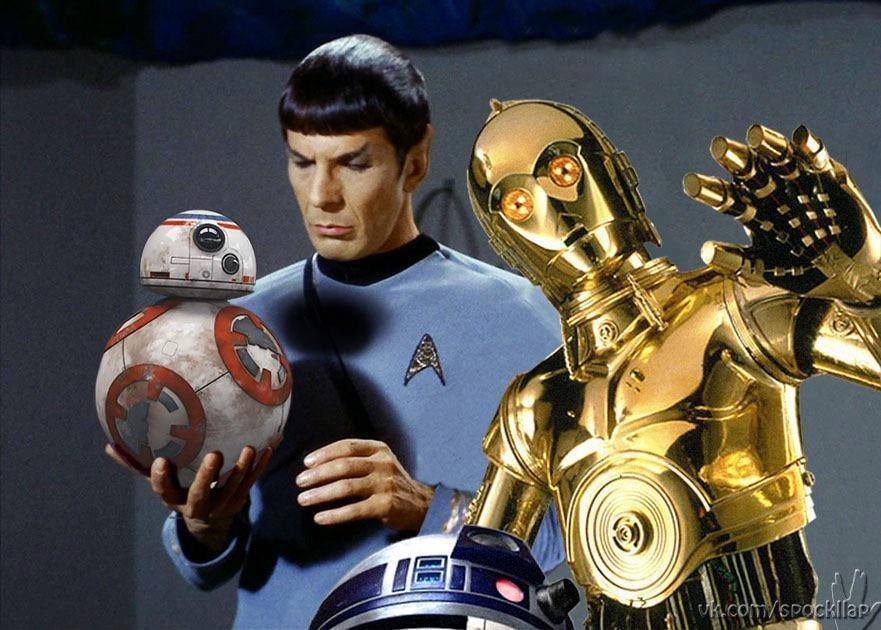The Moody Blues notwithstanding, I’ve never especially liked so-called “prog rock.” The self-conscious effort to make rock-and-roll more “artistic” has always struck me as misguided and inspired by a weird snobbish shame about the genre’s humble roots, and the music itself is, to my ear, pretentious, the songs overly long and frequently just plain weird. Pink Floyd, Yes, early Genesis before Phil Collins dragged that band in a more popular direction, much of Jethro Tull and The Alan Parsons Project… that stuff just leaves me cold. Or bored. To me, none of it has that swing, to borrow from another genre entirely. It doesn’t, well, rock.
Even so, most of those bands produced an occasional single that managed to get through to me. And in the case of Emerson, Lake and Palmer — more familiarly known as ELP and widely recognized as one of the pioneers of progressive rock — that song is “Lucky Man.”
The elegiac tale of a warrior-king who falls in battle, the song appealed to my college-age romanticism and budding senses of fatalism and tragedy. It was written by Greg Lake (the “Lake” in “Emerson, Lake and Palmer,” if you didn’t make the connection) when he was only 12 years old and made it onto the band’s self-titled debut album basically because they needed one more song to fill out the track list and didn’t have anything else. Released as a single in 1970, “Lucky Man” reached number 48 on the Billboard Hot 100 in the US, and a bit higher in Canada and Europe. It was re-released in 1973, performing slightly worse in the US (51 on the Hot 100) and considerably worse on the Canadian charts, but it’s since become a staple of classic-rock radio programming. It’s now acknowledged as one of the first rock songs to feature a solo played on a synthesizer, and is even credited by some with being the song that popularized the instrument’s use in that genre. Ironically for such a landmark bit of playing, Keith Emerson, who performed the solo, was apparently embarrassed by it. He thought he’d just been “jamming around” on his new toy, and didn’t think the take would be used on the finished recording.
Emerson died today at the age of 71. Some sources are reporting that the cause was a gunshot wound to the head, and that his death is being investigated as a suicide. If true, it’s an unspeakably sad ending for such a talented and successful man. I hope he’s found peace.
And now, by way of tribute, my favorite ELP tune, a song that’s perfect for the late hour and the only one of theirs I particularly like… “Lucky Man.”
A quick note on this video: obviously it’s an unofficial piece created by a fan. “Lucky Man” was recorded long before the music video became a common form, and the live recordings I found were all just Greg Lake performing the song alone on an acoustic guitar. I wanted the album version that featured Emerson’s playing, and this was the best version of that I could find. I have no idea who created it, but I thought it was pretty well done…





